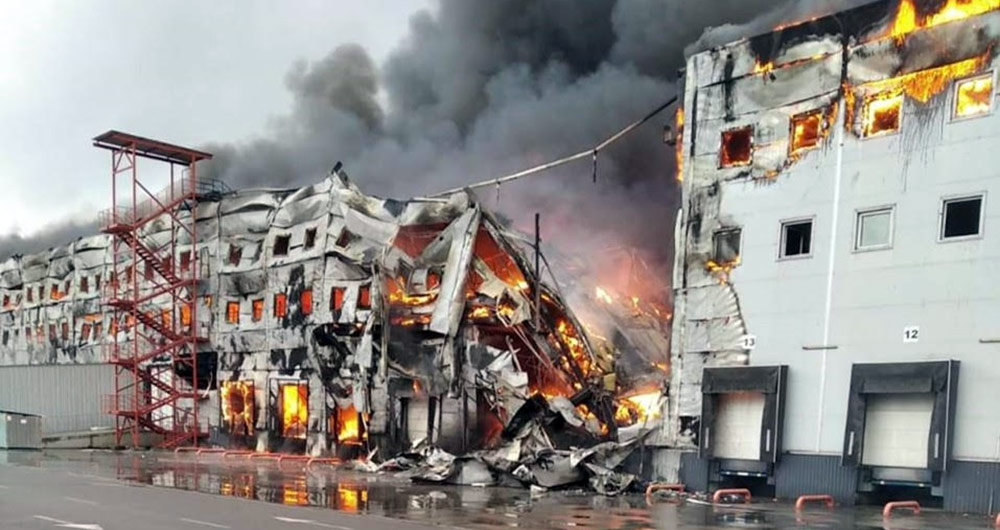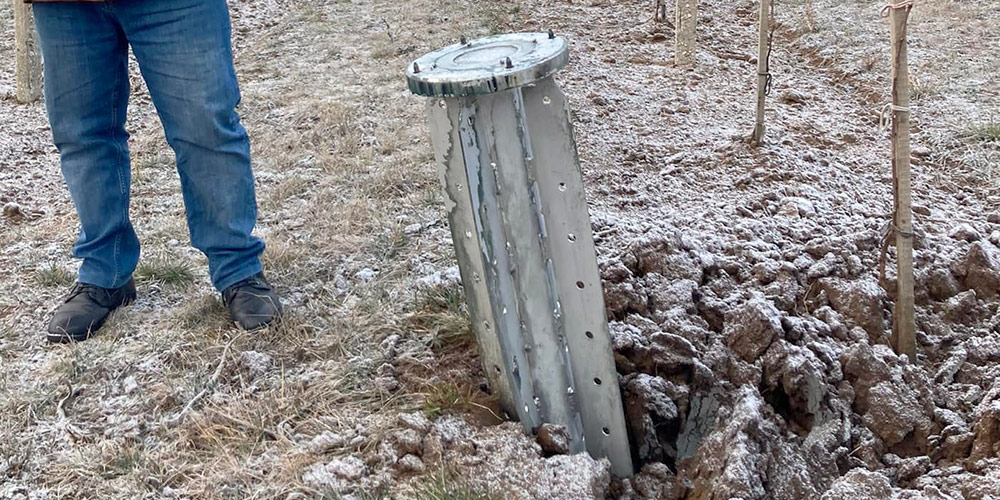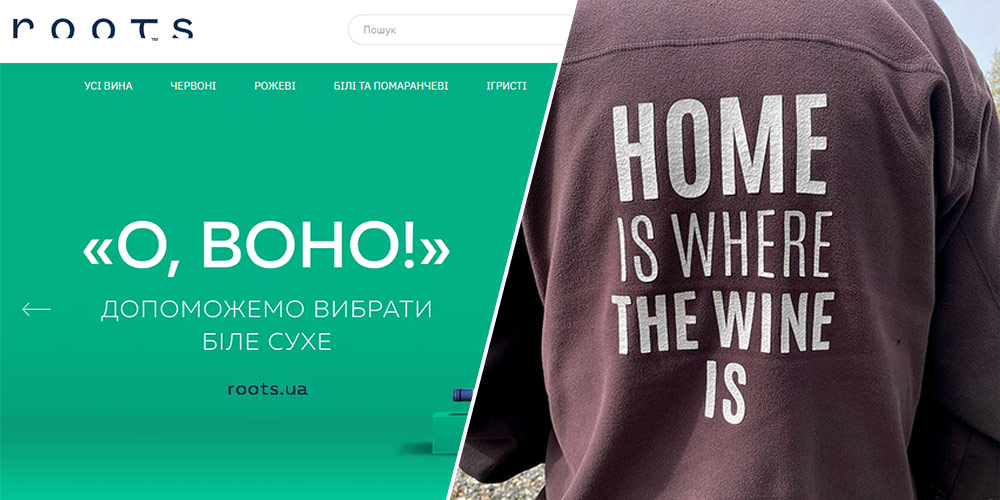Much like all other aspects of the country, Ukrainian winemaking is going through extreme times. The 2022 vintage has been one of the best of the previous decade–according to those who were able to harvest the grapes this year. Unfortunately, there are many other wineries who have to wait for sappers (demining teams) because the Russian deployment of landmines is preventing them from entering their vineyards and making use of this high-quality vintage. Both within and outside of Ukraine, the demand for quality Ukrainian wines has grown. But this is […]



